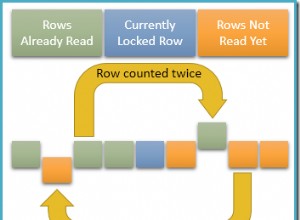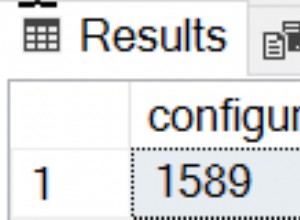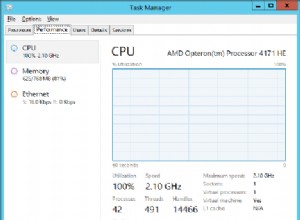Seite der Android-App:
private ArrayList<String> receiveData(String file, ArrayList<NameValuePair> data)
{
InputStream is = null;
ArrayList<String> output = new ArrayList<String>();
String line = null;
//Connect and obtain data via HTTP.
try
{
HttpClient httpclient = new DefaultHttpClient();
HttpPost httppost = new HttpPost("http://www.blah.com/"+file);
httppost.setEntity(new UrlEncodedFormEntity(data));
HttpResponse response = httpclient.execute(httppost);
HttpEntity entity = response.getEntity();
is = entity.getContent();
}
catch(Exception e)
{
Log.e("log_tag", "Error in http connection "+e.toString());
}
//Parse data into ArrayList and return.
try
{
BufferedReader reader =
new BufferedReader(new InputStreamReader(is,"iso-8859-1"));
while ((line = reader.readLine()) != null)
{
//Parse data into tokens and removing unimportant tokens.
StringTokenizer st = new StringTokenizer(line, delims, false);
while(st.hasMoreTokens())
{
String token = st.nextToken();
output.add(token);
}
}
is.close();
//Log output of data in LogCat.
Log.d("DATA","DATA:"+output);
}
catch(Exception e)
{
Log.e("log_tag", "Error converting result "+e.toString());
}
return output;
}
/**
* Gets all data from GetAllData.php
* @return output - ArrayList containing data.
*/
public ArrayList<String> getAllData(String row)
{
fileName = "GetAllData.php";
//Add arguments to arrayList<NameValuePairs> so we can encode the data and send it on.
ArrayList<NameValuePair> nameValuePairs = new ArrayList<NameValuePair>(1);
nameValuePairs.add(new BasicNameValuePair("row", row));
ArrayList<String> output = this.receiveData(fileName, nameValuePairs);
return output;
}
Serverseitig:
dann ist die GetAllData.php-Datei auf dem Server:
<?php
/*
* What this file does is it:
* 1) Creates connection to database.
* 2) Gets data from database.
* 3) Encodes data to JSON. So this data can then be used by Android Application.
* 4) Close database connection.
*/
require_once $_SERVER['DOCUMENT_ROOT'].'/Clarity/Connection.php';
require_once $_SERVER['DOCUMENT_ROOT'].'/Clarity/ReceiveAPI.php';
$server = new Connection();
$receive = new ReceiveAPI();
//Retrieve information.
$row = $_POST['row'];
//Connect to database.
$server->connectDB();
$output = $receive->getAllData($row); //basically method to query database.
print(json_encode($output)); //output is result of the query given back to app.
//Disconnect from database.
$server->disconnectDB();
?>
Dies ist ein Beispiel, das ich kürzlich verwendet habe. Nur in der PHP-Datei zu vermerken. Ich importiere Connection.php, dies befasst sich nur mit der Verbindung zur Datenbank. Ersetzen Sie das also einfach durch Ihren Code für die Verbindung mit MYSQL db. Außerdem habe ich SendAPI.php importiert (die Sie einfach ignorieren können). Dies war nur meine Klasse zum Senden von Daten. Im Grunde enthielt es einige der Abfragen, die ich verwenden wollte. Wie sendAccelerationData(). Im Grunde ähnelte die Klasse der von Stored Procedures.
Wie ich mich mit der Datenbank verbunden habe, steht in meiner Connection.php-Klasse.
//Connect to a database.
public function connectDB()
{
//Connect to SQL server.
$this->connection = mysql_connect($this->hostName,$this->user,$this->password);
if (!$this->connection)
{
die('Could not connect: ' . mysql_error());
}
//Print("Connected to MySQL. </br>");
//Select Database to query.
$db_selected = mysql_select_db($this->database);
if (!$db_selected)
{
die('Could not select database' . mysql_error());
}
//Print("Database \"$this->database\" selected. </br>");
}
//Disconnect from database.
public function disconnectDB()
{
mysql_close($this->connection);
}
}
Beachten Sie in Fehlermeldungen, dass ich das Schema aus db ausgedruckt habe, z. B. db name/table name. Das war nur eine Fehlersuche. Ich rate davon ab. SIE möchten dem Benutzer diese Informationen NICHT anzeigen.




